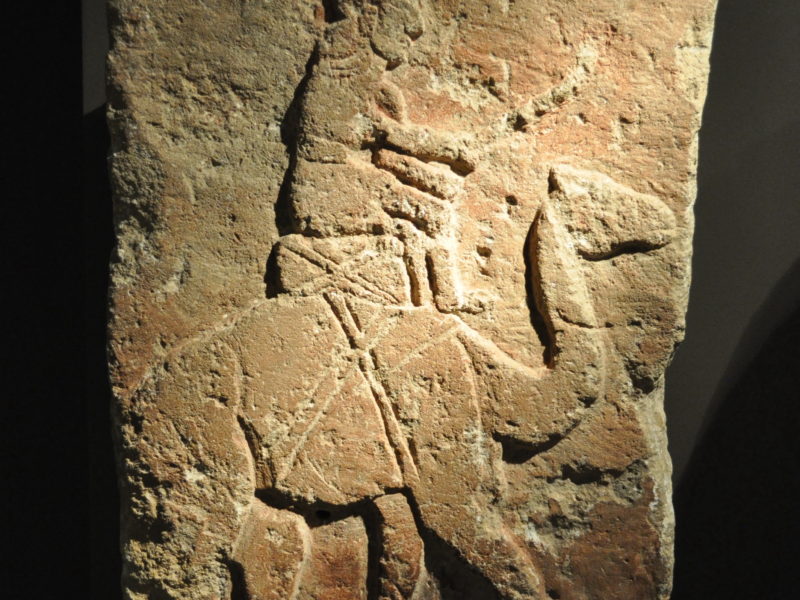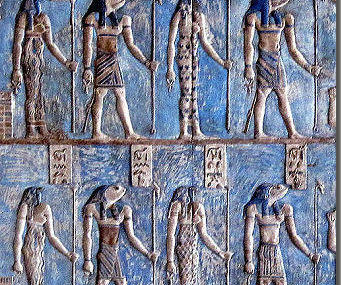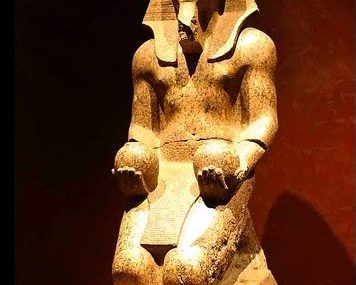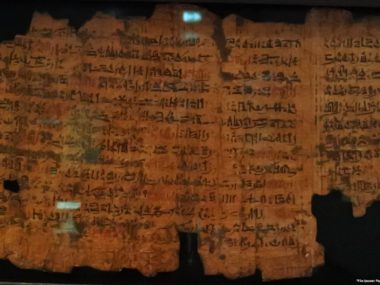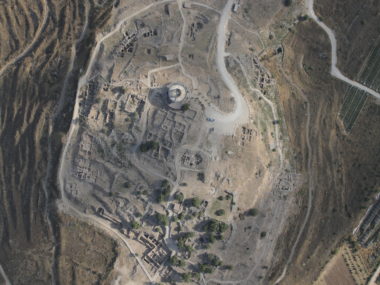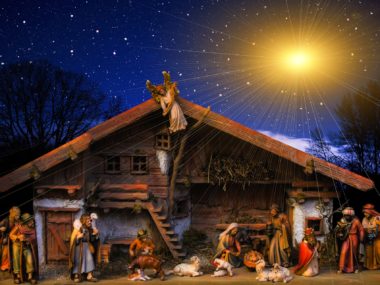Camel Riders Cylinder Seal
Date: 1800-1650 BC
Discovered: Syria
Period: Patriarchs
Keywords: camel; animal domestication; Abraham; Jacob; Job
Bible Passages: Genesis 24:28–64; Job 1:1–17
Adapted from: Unearthing the Bible. Copyright © 2020 Titus Kennedy. Published by Harvest House Publishers, Eugene, Oregon 97408. www.harvesthousepublishers.com. The views expressed reflect those of the author, and not necessarily those of New Creation.

Camels, both the Camelus dromedarius (single hump) and the Camelus bactrianus (double hump) types, were used in the ancient Near East as pack animals, for transportation, for their milk, and even for their hair. Although debate continues as to the exact date when camels were first used as domesticated animals in the Near East, and especially when they began to be used for transportation in particular regions, archaeological evidence suggests that this had probably happened by at least 2000 BC around the beginning of the Middle Bronze Age.
For example, a cylinder seal of carved hematite and measuring 2.8 cm tall by 1.3 cm in diameter, found in Syria and dated to around 1800–1650 BC, shows two people riding on the humps of a Bactrian camel. These figures, which were probably representing a king and queen, indicate that the idea of riding camels was already known in northern Mesopotamia and the Levant1 by this time.
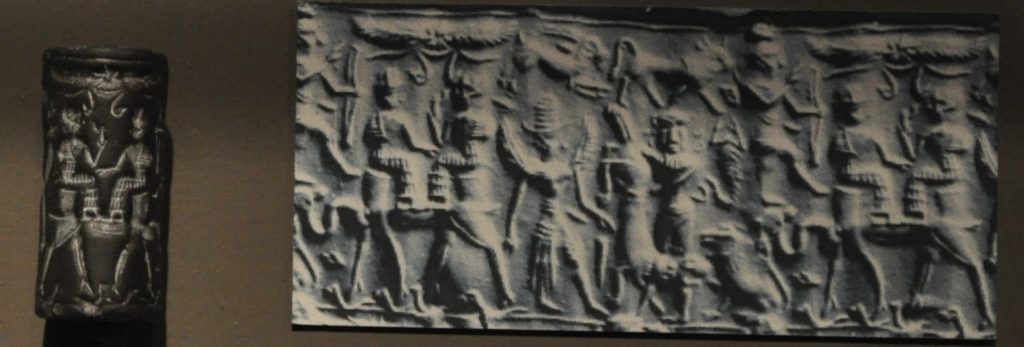
Documents such as a Sumerian text from Nippur in about 1900 BC mentioning camel milk, a tablet from Ugarit dated to about 1900 BC including a camel in a list of domesticated animals, and a 15th-century BC ration list from Alalakh (Tell Atchana) recording food for a camel demonstrate that camels had been domesticated by the Middle Bronze Age.
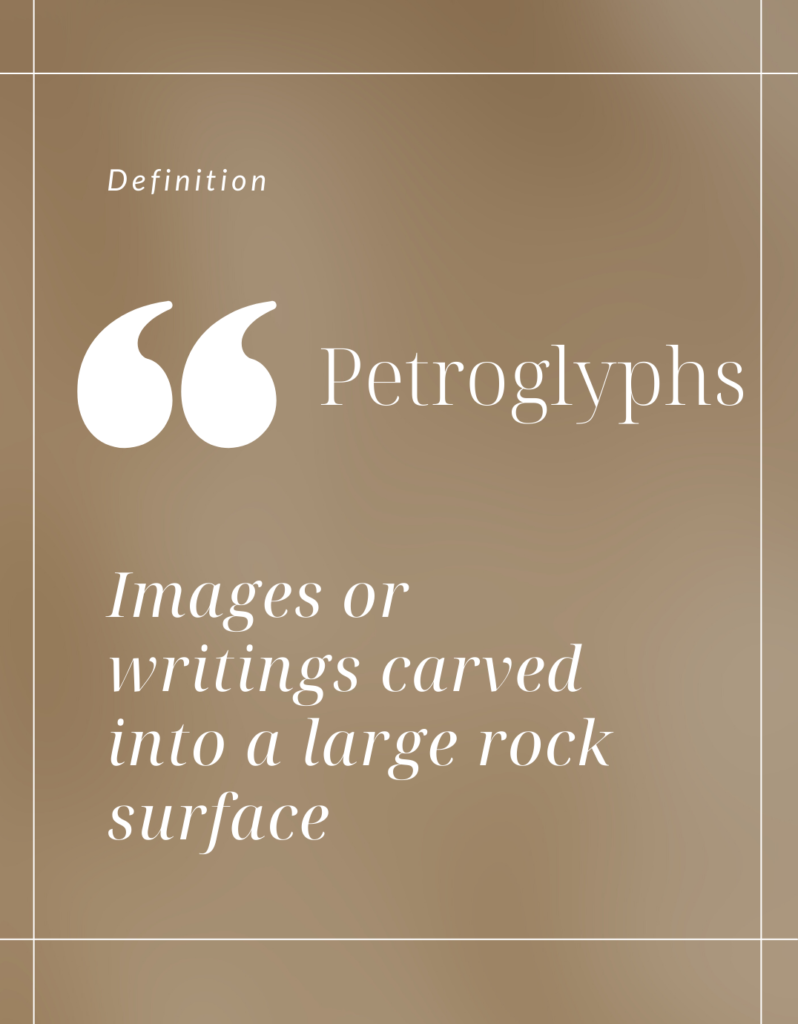
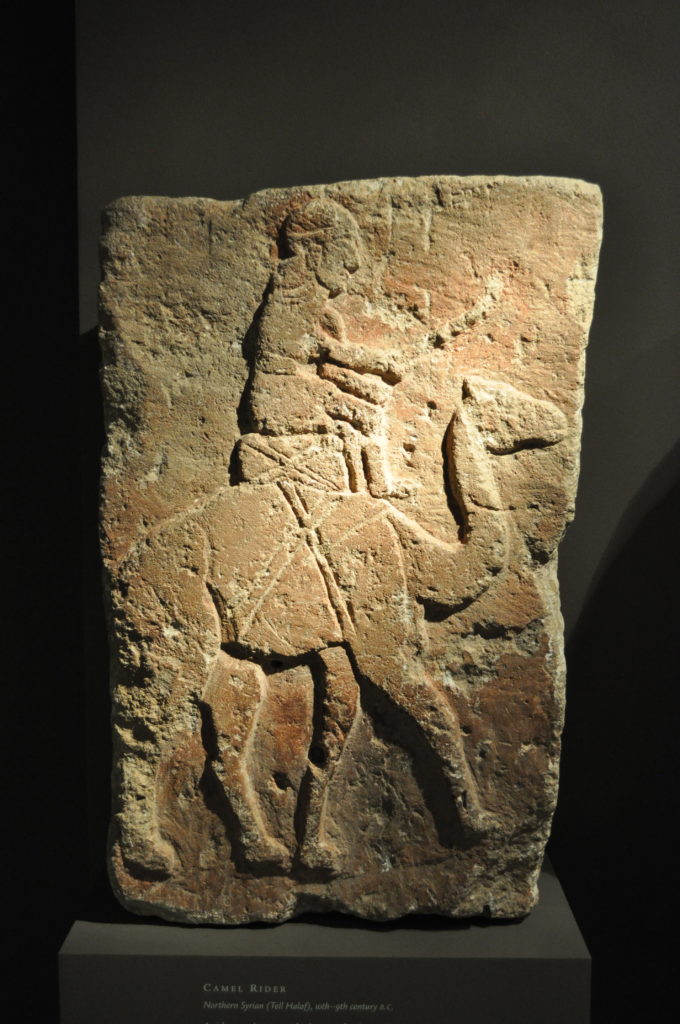
In Egypt, petroglyphs2 from the Old Kingdom at Aswan and from the Middle Kingdom at Wadi Nasib depict camels being used as pack animals. Far to the east, in Turkmenistan, models of Bactrian camels yoked to carts were discovered that date to about 2600 BC. Bio-artifacts, such as camel bones and even woven camel hair from the 3rd millennium BC, have been discovered at excavations in Persia, Arabia, Egypt, and the Levant, suggesting that camels were kept in cities as domesticated animals.
During the Middle Bronze Age in Mesopotamia, the Levant, and Egypt at the time of Abraham, Isaac, and Laban, camels are mentioned in the book of Genesis as transportation, pack animals, and for milk, which coincides with archaeological finds concerning camels in this period.
Then [he] unloaded the camels, and he gave straw and feed to the camels (Genesis 24:32).

